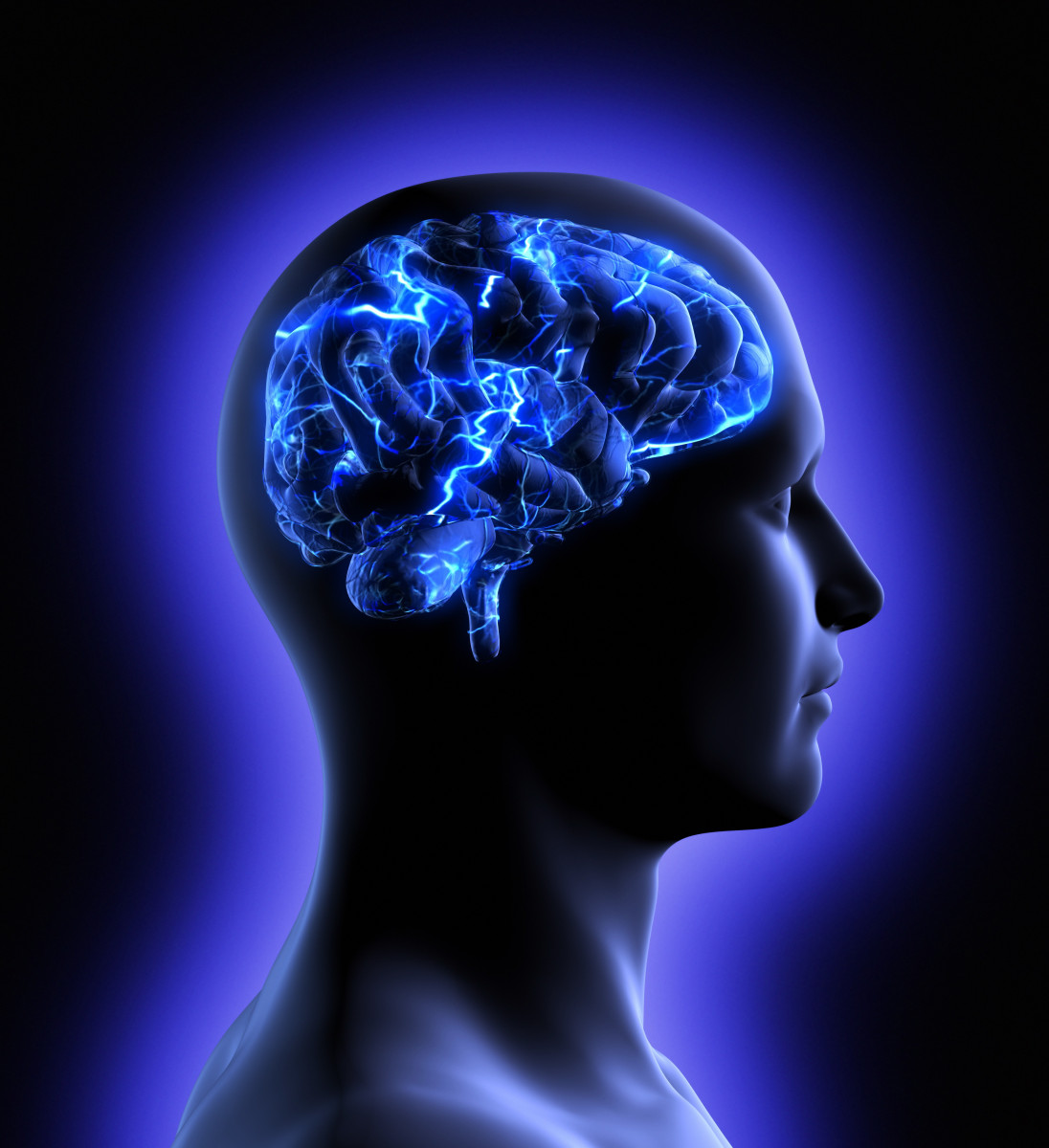Natural Molecule NAC May Help Improve MS Brain Function, Study Reports

Treatment for two months with N-acetylcysteine, or NAC — a natural molecule that enhances the levels of antioxidants — significantly improved metabolic activity in certain brain regions among people with multiple sclerosis (MS), a small clinical study reports.
This increase in metabolic activity was accompanied by improvements in the patients’ cognitive function and attention.
“This is an exciting study that suggests a natural molecule such as NAC may help improve brain metabolism and symptoms in patients with multiple sclerosis,” Andrew Newberg, MD, a professor at Thomas Jefferson University, a neuro-imaging expert, and the study’s lead author, said in a press release.
The study, “N-acetyl Cysteine Administration Is Associated With Increased Cerebral Glucose Metabolism in Patients With Multiple Sclerosis: An Exploratory Study,” was published in the journal Frontiers in Neurology.
In MS, an autoimmune reaction directed against myelin — the protective protein coat around nerve fibers — leads to an inflammatory process that creates lesions and severely damages patients’ neurons, or nerve cells. Yet, available therapies focus on preventing the occurrence of more lesions instead of restoring the affected nerve cells.
Oxidative stress, an imbalance between the body’s production of potentially harmful reactive oxygen species and its ability to contain them, is a known driver of neurological damage caused by a self-reactive, or self-attacking, immune system.
Thus, tackling the oxidative imbalance is a promising strategy to help reduce the impairments in neurological function.
NAC is a natural molecule that increases the levels of glutathione in the body and the brain. Glutathione is an antioxidant found in neurons that protects these cells against oxidative damage.
A common over-the-counter oral supplement, NAC also is available as an injectable medication. In its injection form, NAC is used to prevent liver injury induced by oxidative stress after an overdose with the pain reliever acetaminophen (sold as Actamin and Tylenol, among other brand names).
Mouse studies have shown that receiving NAC increases the levels of glutathione in the brain.
In a previous study, researchers from Thomas Jefferson University, in Philadelphia, evaluated the benefits of providing NAC to people with Parkinson’s disease, a condition also marked by oxidative stress and neurodegenerative damage.
Participants in that study, who were treated with a combination of both oral and intravenous (into-the-vein, or IV) NAC, had a boost in the dopamine function in the basal ganglia, a brain region often affected in Parkinson’s. Dopamine, whose loss is a hallmark of the disease, is a chemical messenger that allows nerve cells to communicate and, among other functions, helps regulate movement.
In the new study, the researchers evaluated whether NAC had therapeutic benefits in MS as well.
“While there are several human studies that have evaluated antioxidants in MS patients, none have explored the use of NAC,” the team said.
The clinical trial (NCT03032601) enrolled 24 MS patients, including 18 with relapsing-remitting MS (RRMS) and six with primary progressive MS (PPMS). The participants were randomly divided into two groups. The 12 people in the control group — 10 women and two men, mean age 53.9 — were given only the standard of care treatment. Meanwhile, the other 12 — 10 women and two men, mean age 51.5 — were given NAC plus the standard of care treatment.
NAC was given daily — by IV once a week, and orally in the remaining 6 days. The participants in both groups were evaluated at the trial’s start (baseline) and after two months of treatment.
Evaluations with fluorodeoxyglucose (FDG) positron emission tomography (PET) imaging — a technique to measure glucose (sugar) metabolism in neurons — were done at baseline and at the end of the two months.
The participants also completed clinical and symptom questionnaires at the start of the trial and two months later. These included the Mental Health Inventory (MHI) and the Perceived Deficits Questionnaire (PDQ)-attention.
Following the initial two-month period, the participants in the study’s standard-of-care arm were eligible for treatment with NAC.
The results of the PET imaging showed that patients given NAC for two months had a significant increase in glucose activity — suggesting improvements in brain metabolism — in several regions of the brain, compared with those given standard of care.
The participants in the NAC group also showed significant improvements on the two questionnaires, with better MHI cognition and PDQ attention scores. That meant their cognitive function and ability to focus had also improved.
“The current study using FDG PET imaging suggests that NAC might positively impact cerebral glucose metabolism in MS patients, and this appears to be associated with improved symptoms related to cognition and attention,” the researchers said.
In the future, larger and placebo-controlled studies will help better define the clinical benefits of NAC treatment during MS progression, the team noted. Such studies also will determine the best dosage and treatment regimen, they said.
“This study is an important step in understanding how NAC might work as a potentially new avenue for managing multiple sclerosis patients,” said Daniel Monti, MD, director of the Marcus Institute of Integrative Health at Thomas Jefferson University, and the study’s first author.
“The NAC appears to enable neurons to recover some of their metabolic function,” Monti concluded.






